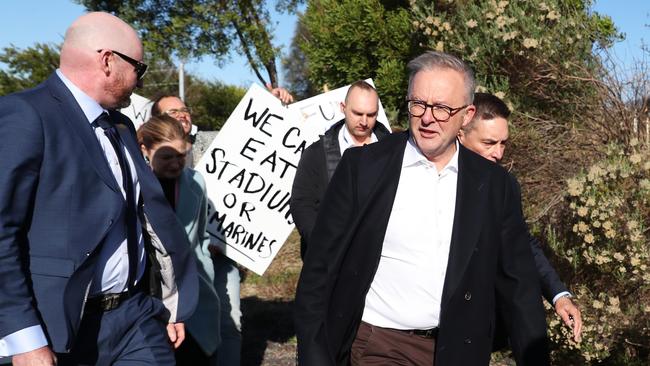
First came the hard questions about moonlighting as a DJ at a shock-jock’s wedding later that day. Then came even harder questions about the return of the big Australia policy, or the post-pandemic blip as Anthony Albanese prefers to frame it.
Then came the hecklers. “We want affordable housing, not a stadium,” one shouted. “Priorities Albo, please,” yelled another.
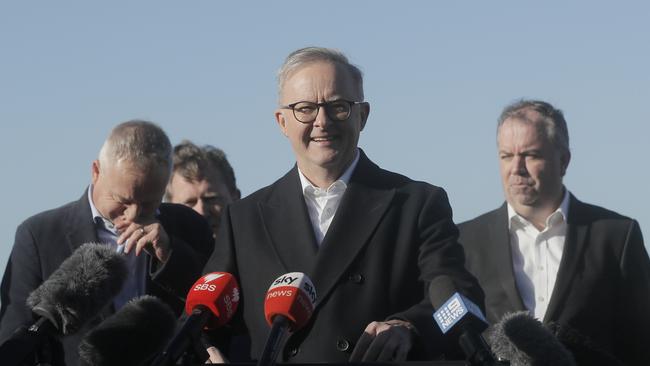
Albanese follows enough polls to know about the danger zone that lies at the intersection between immigration and housing. A poll in February for the Australian Population Research Institute found that fewer than one in five Australians (18 per cent) want immigration to return to the old level.
Seven out of 10 want it reduced and 82 per cent believe immigration pushes up housing prices.
The public’s fears are not entirely ungrounded. Between 2006 and 2016 the number of available homes in Australia increased by 1.5 million. The 2.2 million migrants who arrived in the same period would have occupied half of them at least.
Home Affairs Minister Clare O’Neil tiptoed her way through this minefield at the National Press Club last Thursday. She began strongly, promising a more “direct and honest” conversation before tapering into a tepid justification for immigration which wildly overstated the benefits and all but ignored the costs.
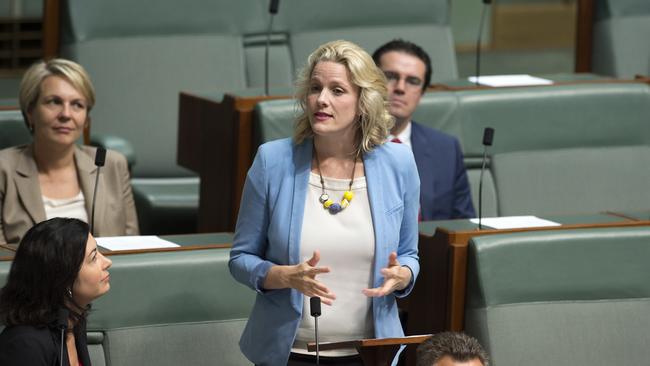
First came the contentious claim that a skilled migration program improves productivity. While that may sound right in theory, experience teaches otherwise. In the first two decades of this century, the rate of immigration was 2½ times that in the 1990s. The rate of productivity growth should have shot through the roof, but instead it halved.
O’Neil’s second justification carried even less weight. Australia, she claimed, is “the developed country most at risk of a warming climate, but also the nation with the most to gain from the transition to a net-zero economy”.
Immigration will give us to skills to do it, apparently. We shall see. The minister’s argument that we need the skills to bring more economic activity onshore because of growing geopolitical uncertainty was even closer to the mark. The shortage here is not just human capital, but investment capital which the government’s policy settings hardly encourages.
Clearly government has some serious thinking to do if it wants to make a pub-ready argument for immigration at the promised level.
On Saturday, Albanese denied the Coalition’s claim that he has introduced a big-Australia policy by stealth. Big it certainly is, however. Immigrants have been arriving in Australia at a record rate of more than 7000 a week since Labor came to power but we’re assured that net overseas immigration will soon return to its business-as-usual level of a mere 3500 a week. The claim that immigration policy is being conducted by stealth is a statement of the obvious since the important conversations on immigration are almost always confined to the beltway.
There was little public discussion, for example, about using higher education as a path to permanent residency. Overseas students were supposed to behave as grateful paying guests who would diligently complete their studies and go home. Yet student visas are now the most common route to permanent migration.
That might be a good thing if it raised the calibre of new migrants, since it is the quality not the quantity that matters. But the evidence disappoints. More than half of those who arrived as overseas students and later entered the workforce are in the two lowest skill categories. Only 33 per cent have a university degree compared to 44 per cent in the working population as a whole. International graduates earn markedly less than their domestic counterparts in the labour market, adding to the evidence that not all of them are rocket scientists.
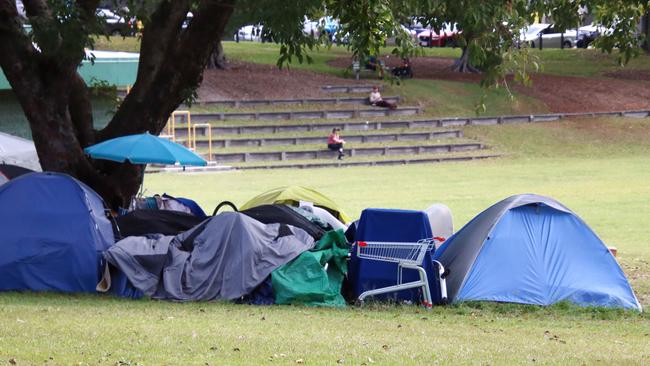
It may in part be because of their chosen fields of study. Nearly half of international students graduate in management and commerce, skills for which there is no apparent shortage in Australia. In part it may be because of poor English. Student visas require a lower English language proficiency than labour visas and the expectation that language skills will be enhanced is not always fulfilled. Anecdotal evidence suggests that the teaching of students in their native language is widespread.
The effect of this rapid rise in overseas students, the largest number of which come from mainland China, has hardly been benign. Campus culture and the perceived quality of education has changed for the worse. The conflict of interest between keeping paying customers happy and awarding them their deserved grades has not been resolved. The national security implications of the university sector’s reliance on China has received scant attention.
The influx of some half-a-million international students places enormous costs on housing and local infrastructure which are borne by people who receive little benefit from the value international education exports. While international students generate new economic activity, they are hungry for low-skilled, part time jobs that might otherwise be taken by domestic students.
The bottom line is that attracting overseas students has proved to be a great way to import temporary, low-skilled, part-time workers and a highly inefficient, unfair and complicated method of attracting those with the skills we actually need. The shake-up of the system Labor is promising must begin by restricting the pathway from education to permanent residency to those with particular skills.
It must acknowledge Australia is in a global contest to attract skilled migrants and provide proper incentives to attract them in competition with countries like Canada and the US. It must recognise that the sectors of the economy where the skills shortage is growing fastest are health and aged care and adjust requirements accordingly.
Labor’s judgment on immigration has been skewed by its indebtedness to the union movement and its misunderstanding of what constitutes social justice. Further complications apply now that immigration is entwined with Labor’s friends in the higher education sector. Its record is not great. The average number of migrants rose to 230,000 a year under the last Labor government from an average of 130,000 under John Howard. Some 50,000 of migrants under Labor arrived uninvited by sea, weakening public trust in the whole system.
Yet it now falls to Labor to decide who enrols in our universities and the circumstances in which they study.
Nick Cater is senior fellow at the Menzies Research Centre



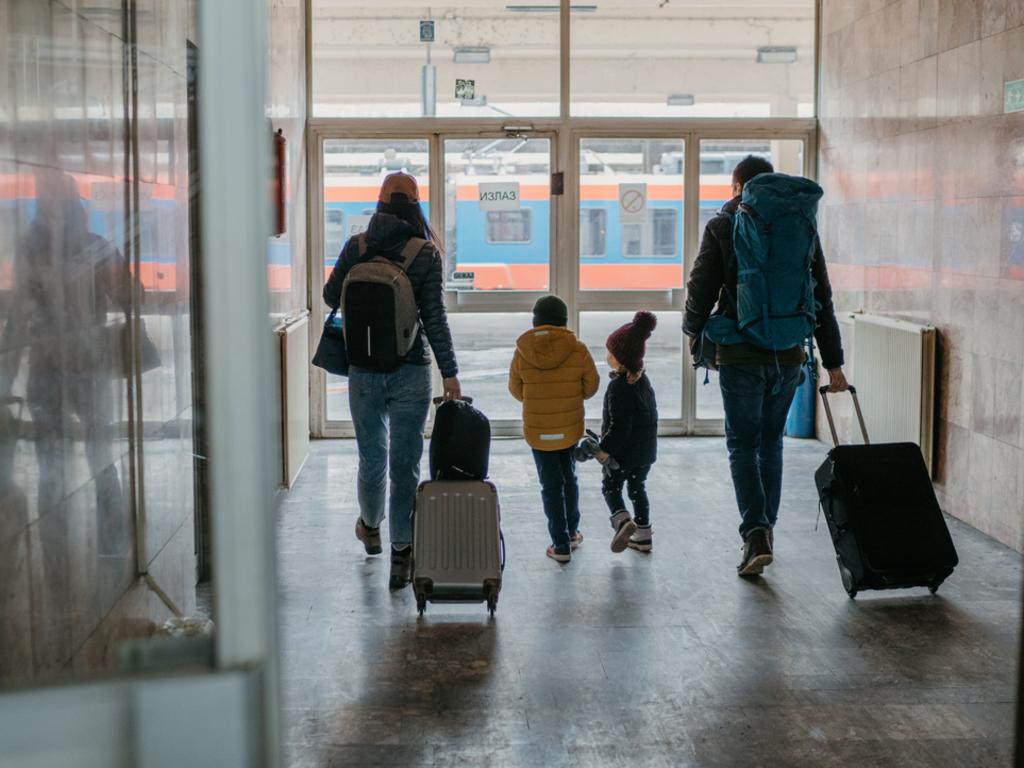




The Prime Minister’s visit to Hobart to announce a new $240m football stadium wasn’t the quiet Saturday morning to which he might have been looking forward.